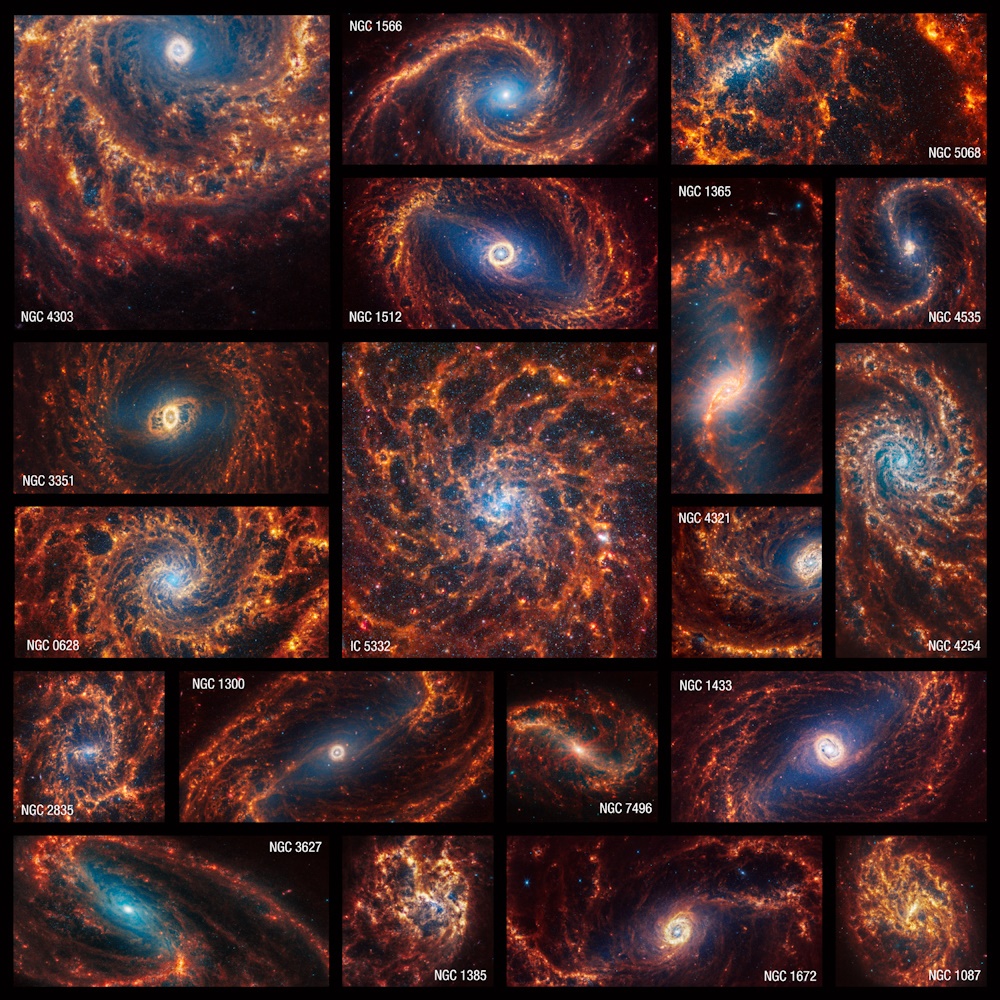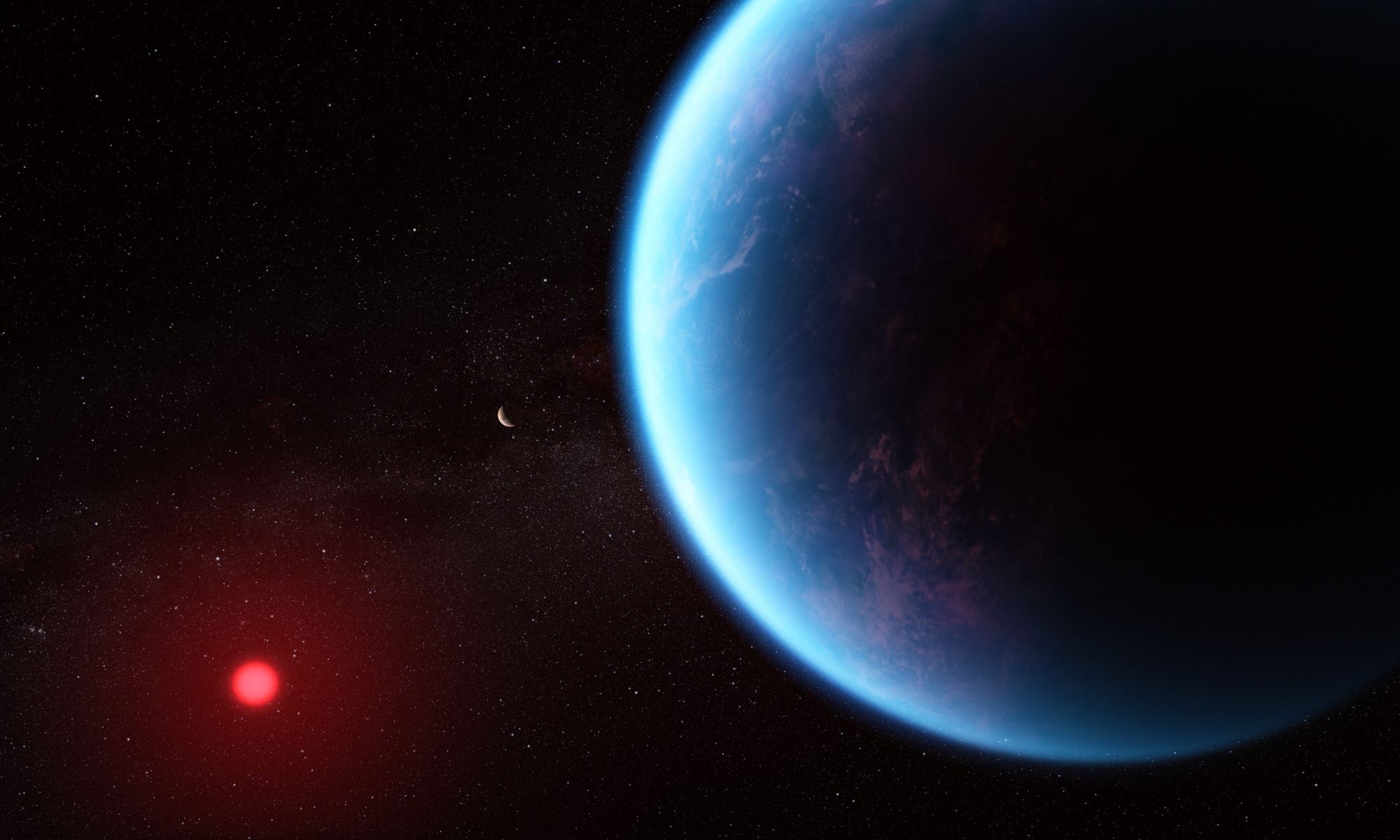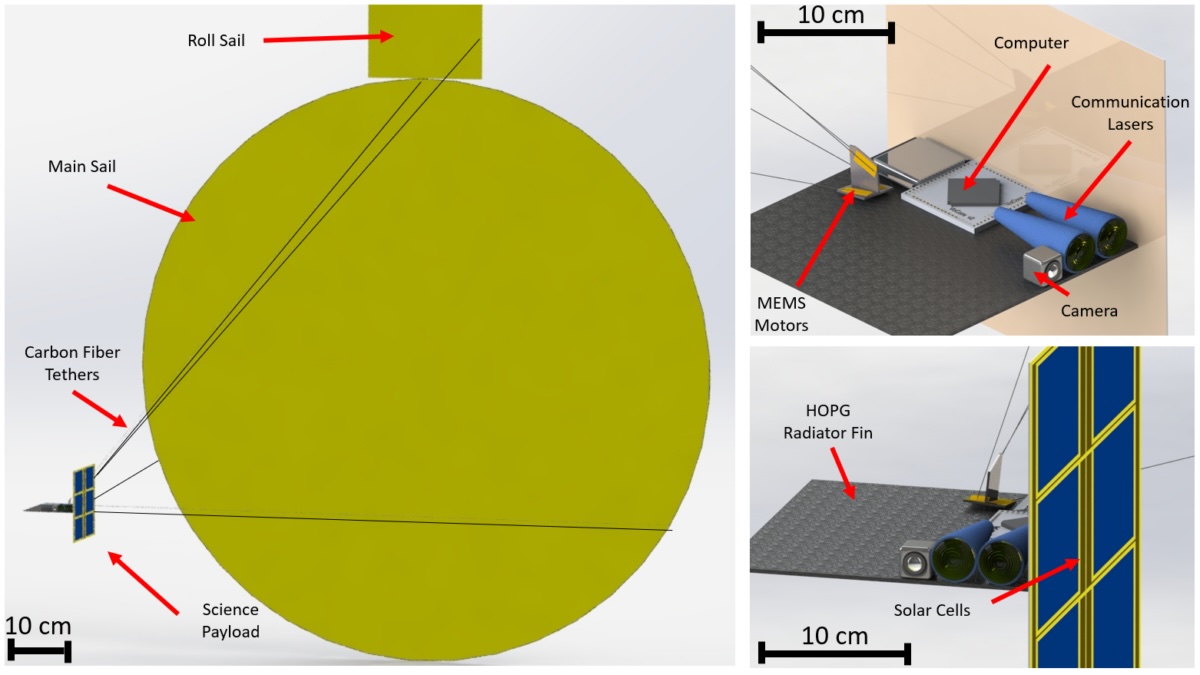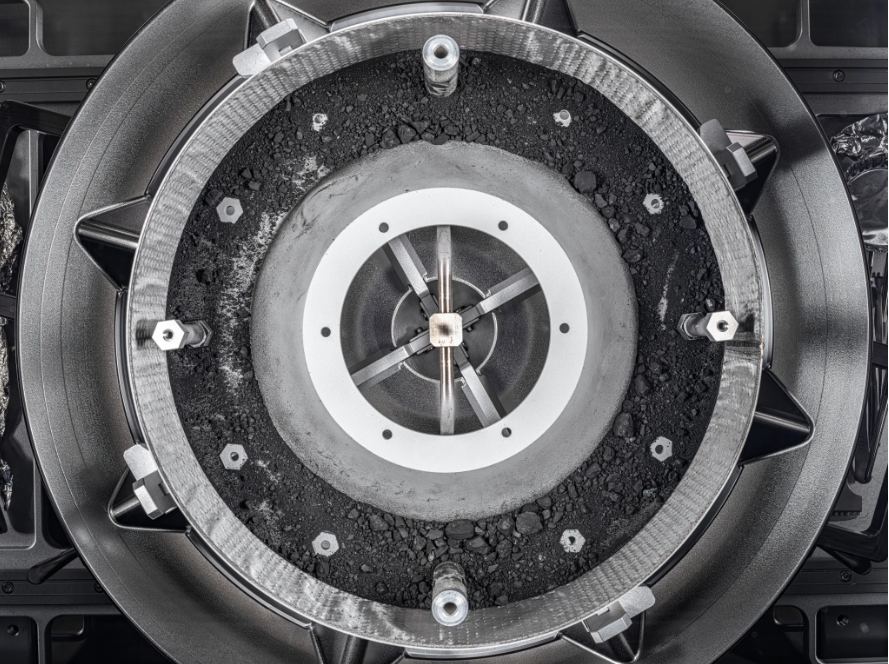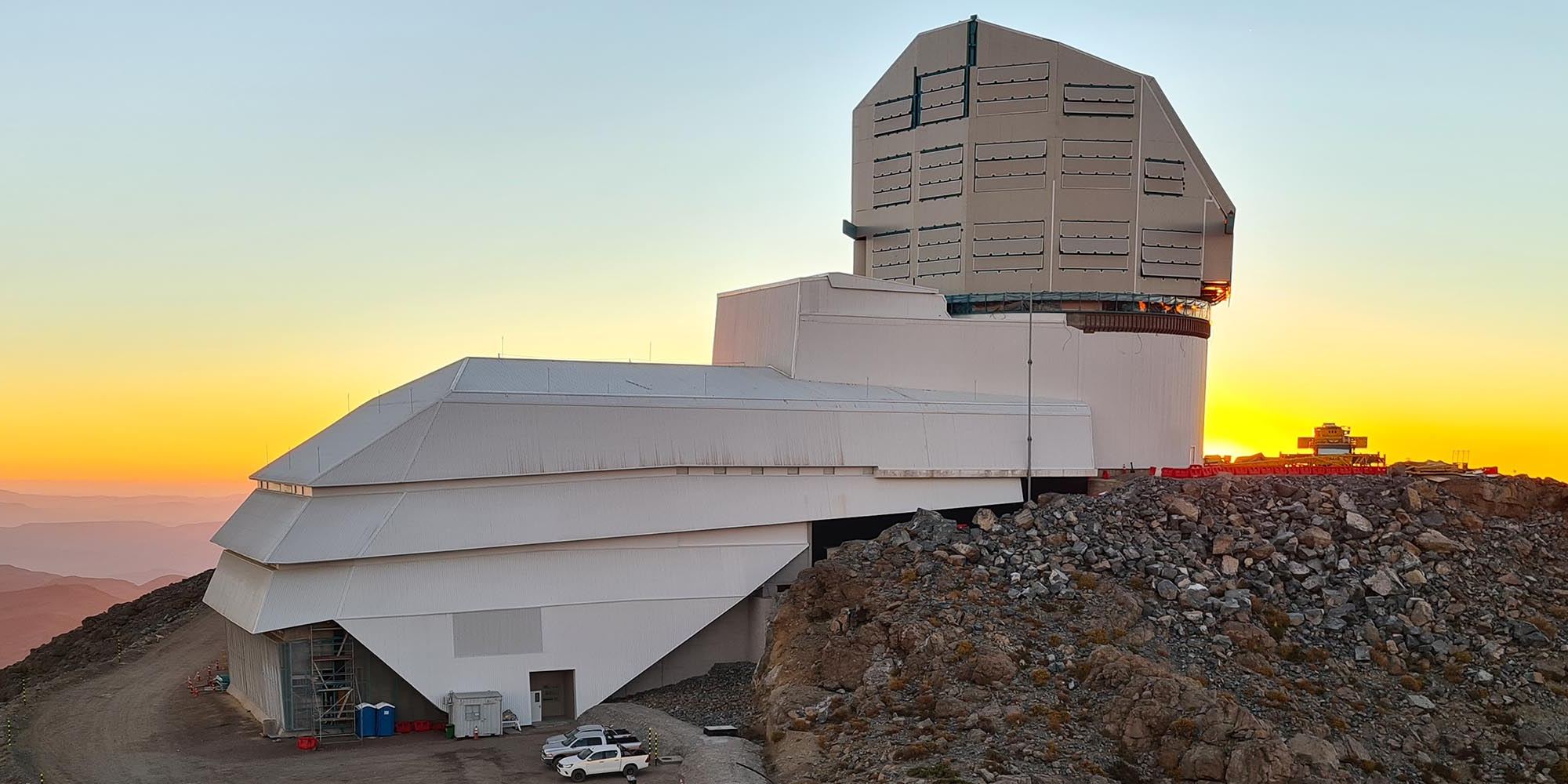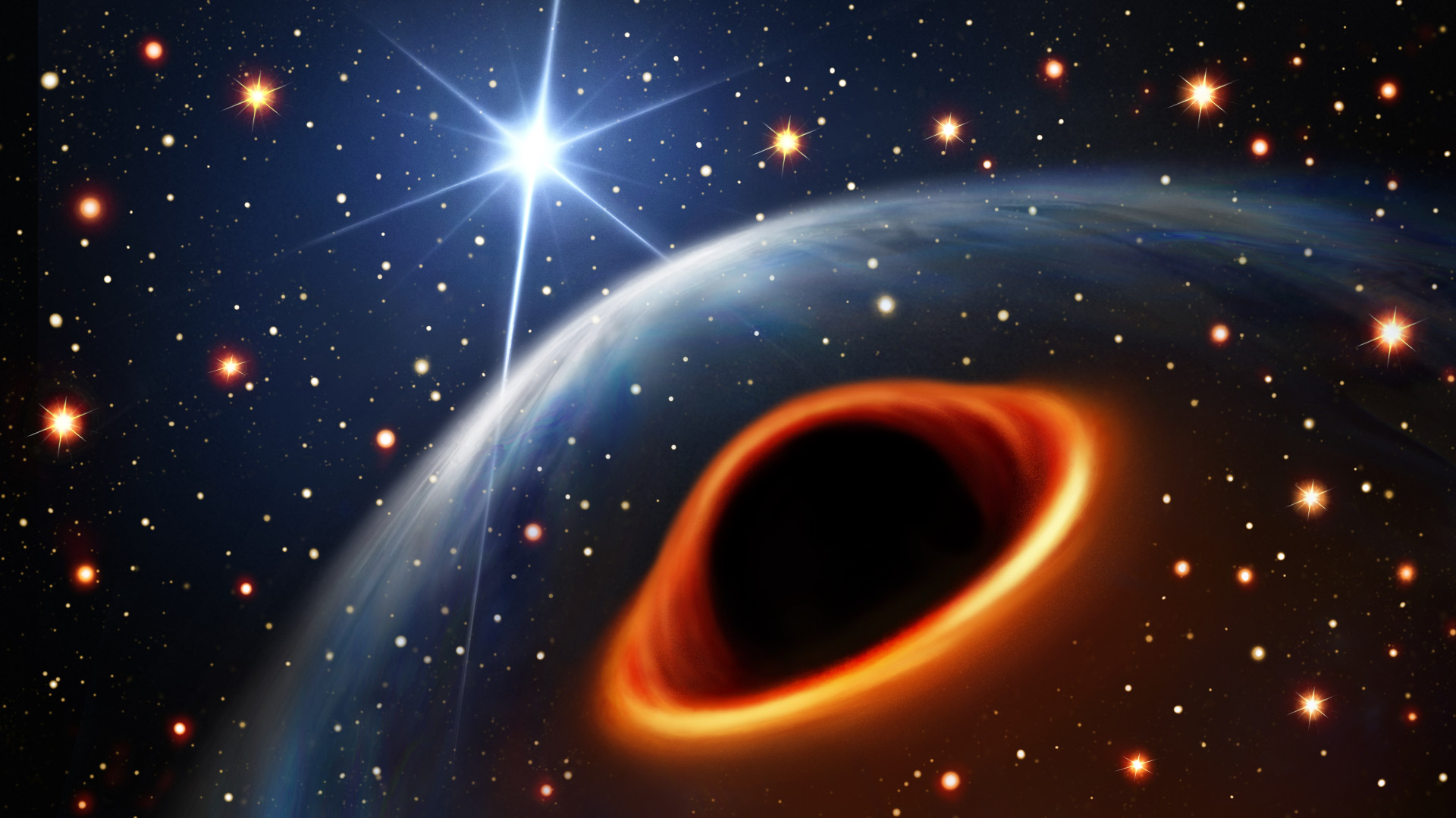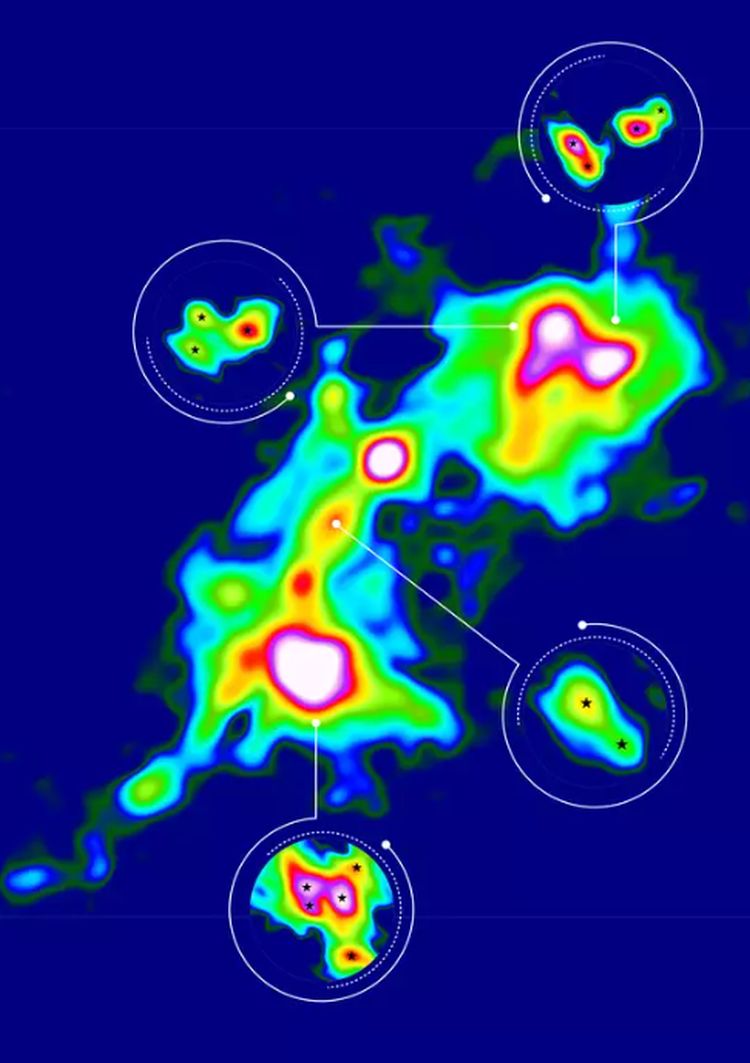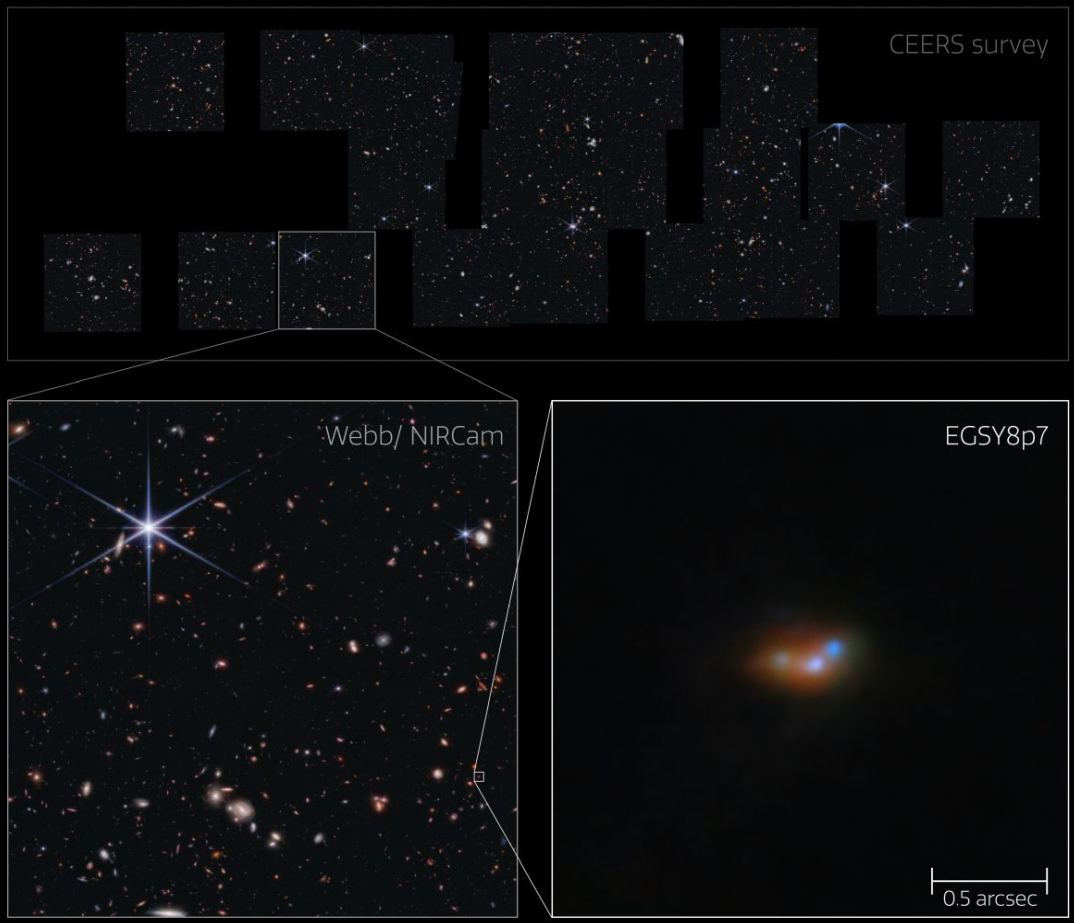If you’re fascinated by Nature, these images of spiral galaxies won’t help you escape your fascination.
These images show incredible detail in 19 spirals, imaged face-on by the JWST. The galactic arms with their multitudes of stars are lit up in infrared light, as are the dense galactic cores, where supermassive black holes reside.
Continue reading “Feast Your Eyes on 19 Face-On Spiral Galaxies Seen by Webb”
